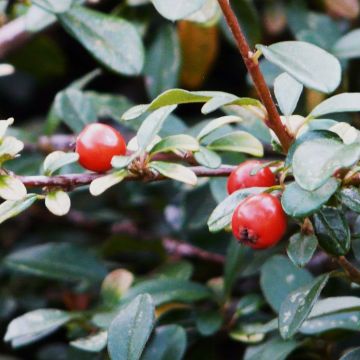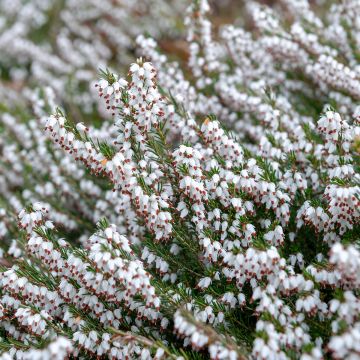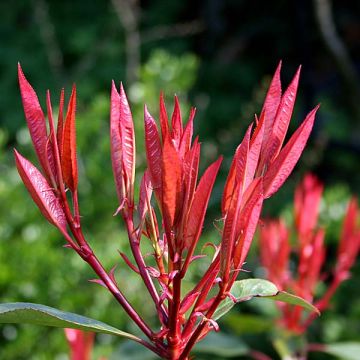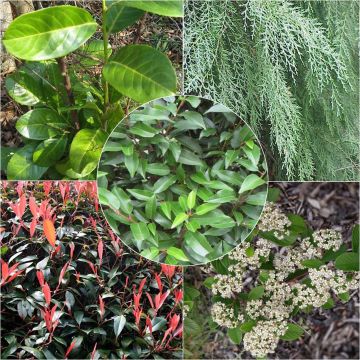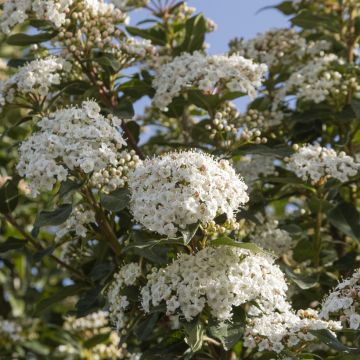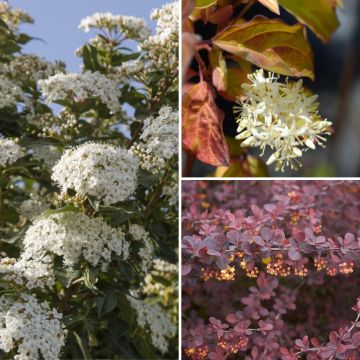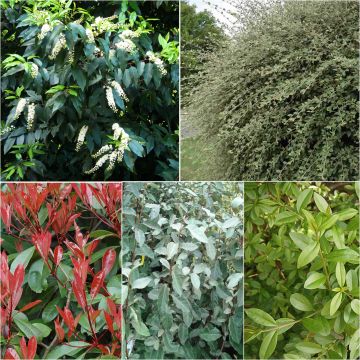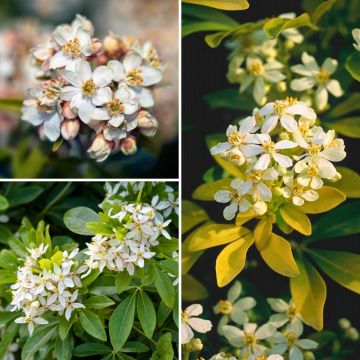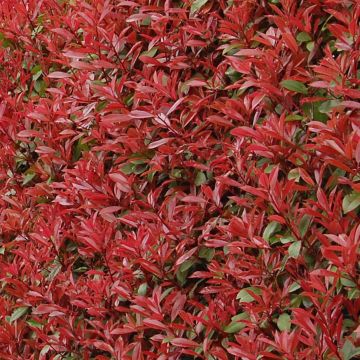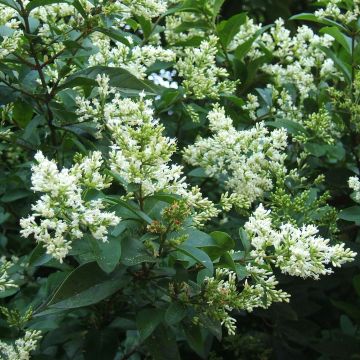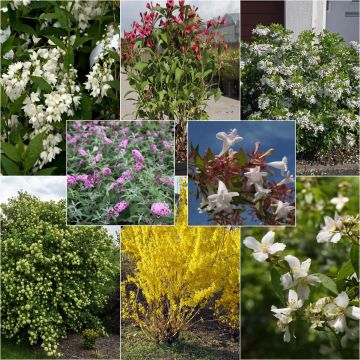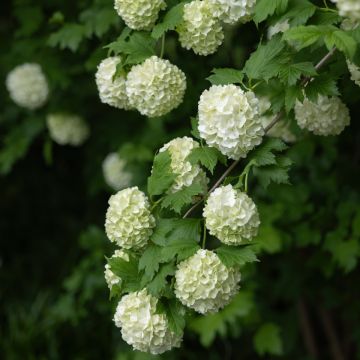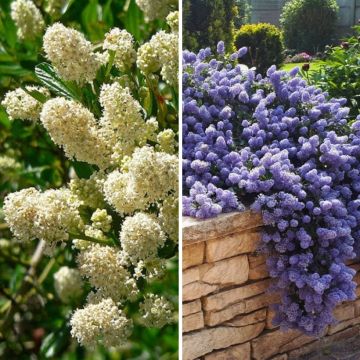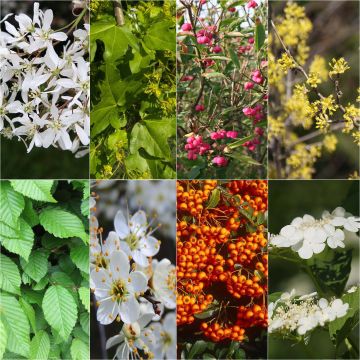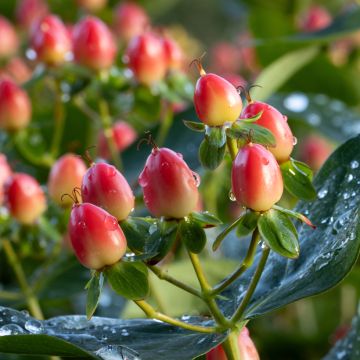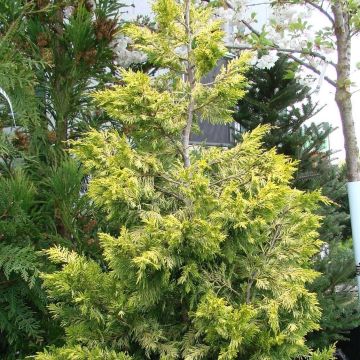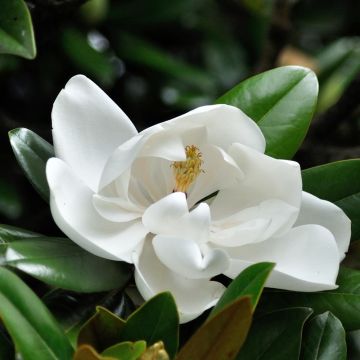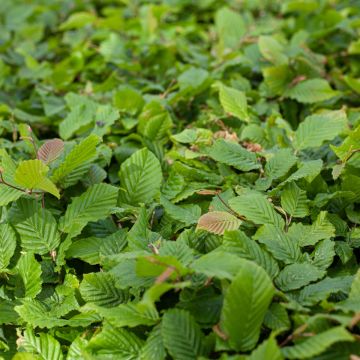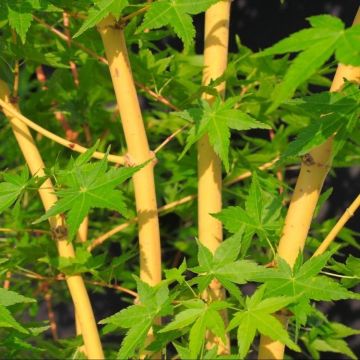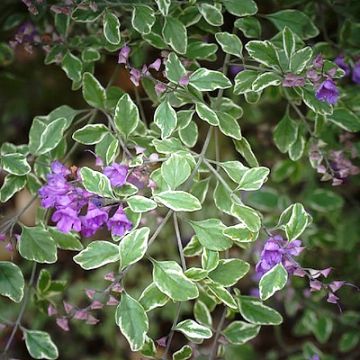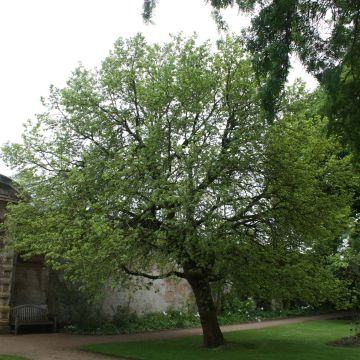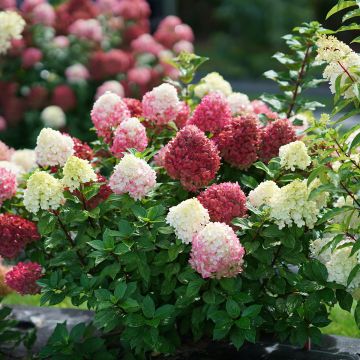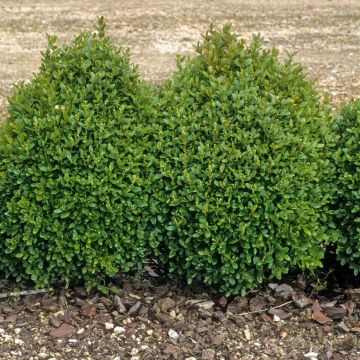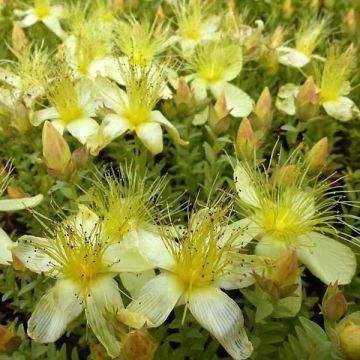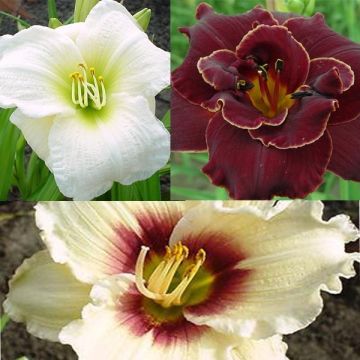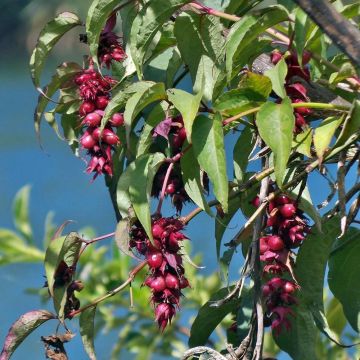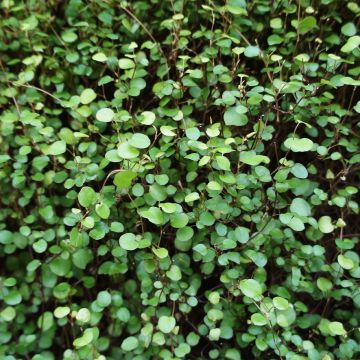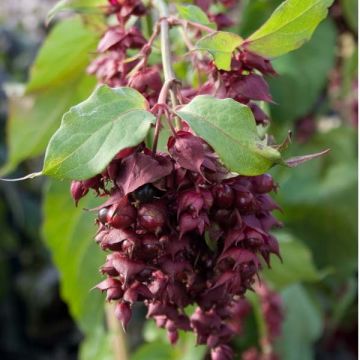Shipping country and language
Your country of residence may be:
Your country of residence is:
For a better user experience on our website, you can select:
Your shipping country:
Andorra
Austria
Belgium
Bulgaria
Canada
Chile
Croatia
Cyprus
Czechia
Denmark
Estonia
Finland
France
Germany
Greece
Hungary
Iceland
Ireland
Italy
Latvia
Lithuania
Luxembourg
Malta
Monaco
Netherlands
Poland
Portugal
Romania
Slovakia
Slovenia
Spain
Sweden
Switzerland
United Kingdom
We only deliver seed and bulb products to your country. If you add other products to your basket, they cannot be shipped.
Language:
French
German
Spanish
English
My Account
Hello
My wish lists
Plantfit
Log in / Register
Existing customer?
New customer?
Create an account to track your orders, access our customer service and, if you wish, make the most of our upcoming offers.
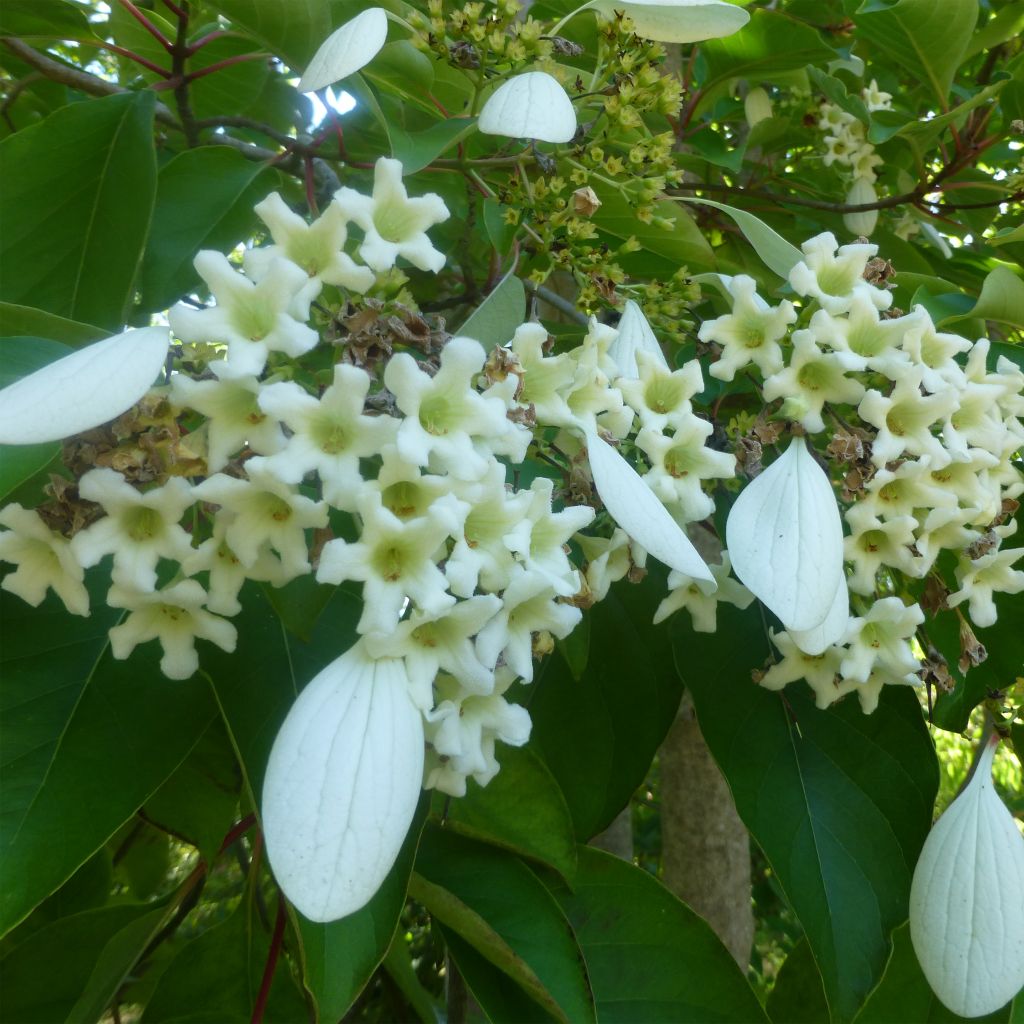

Emmenopterys henryi
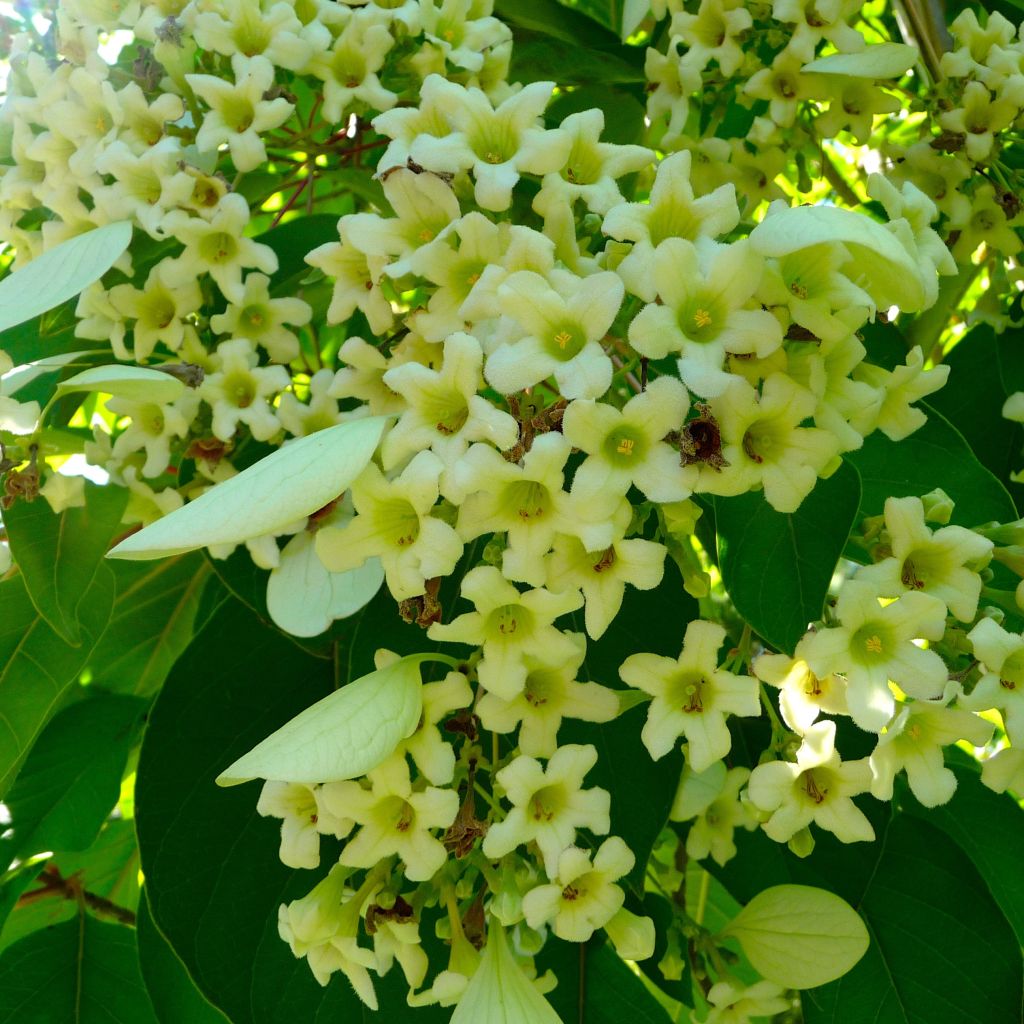

Emmenopterys henryi
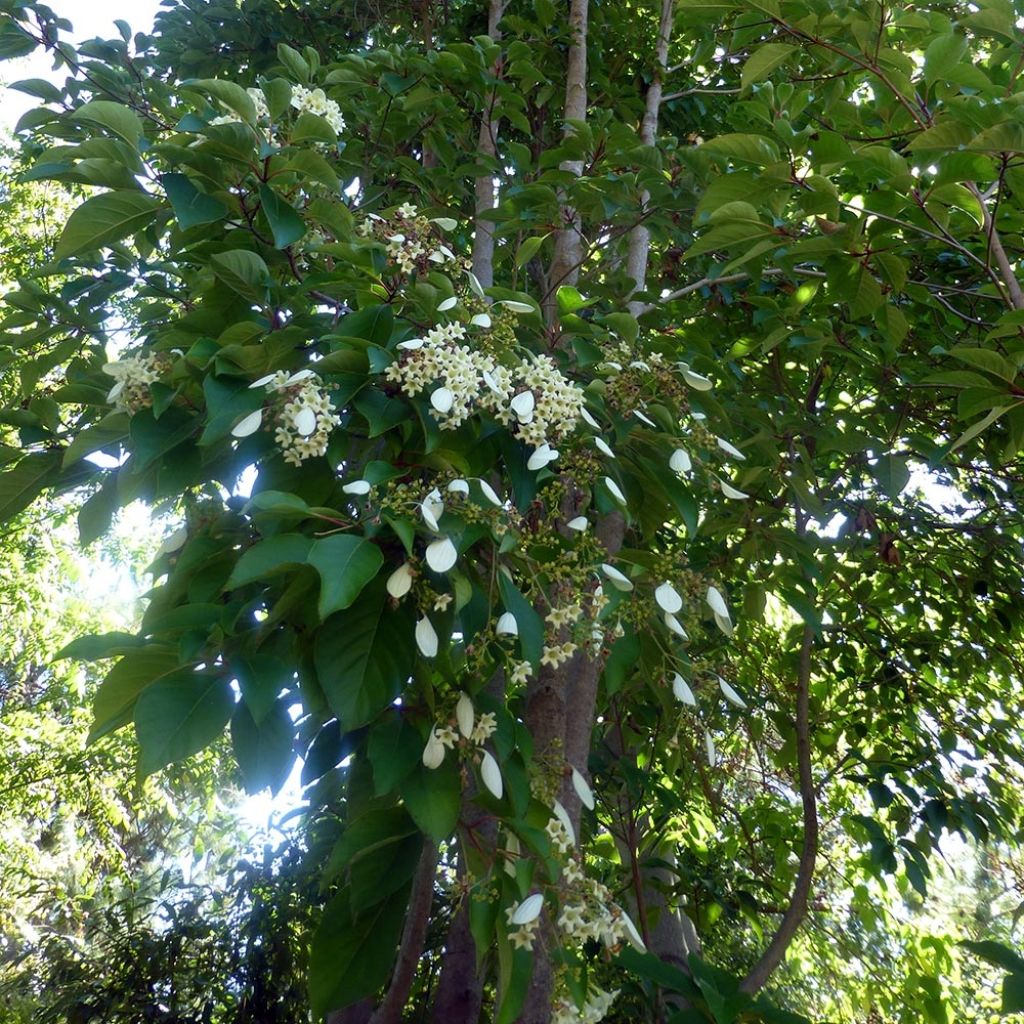

Emmenopterys henryi
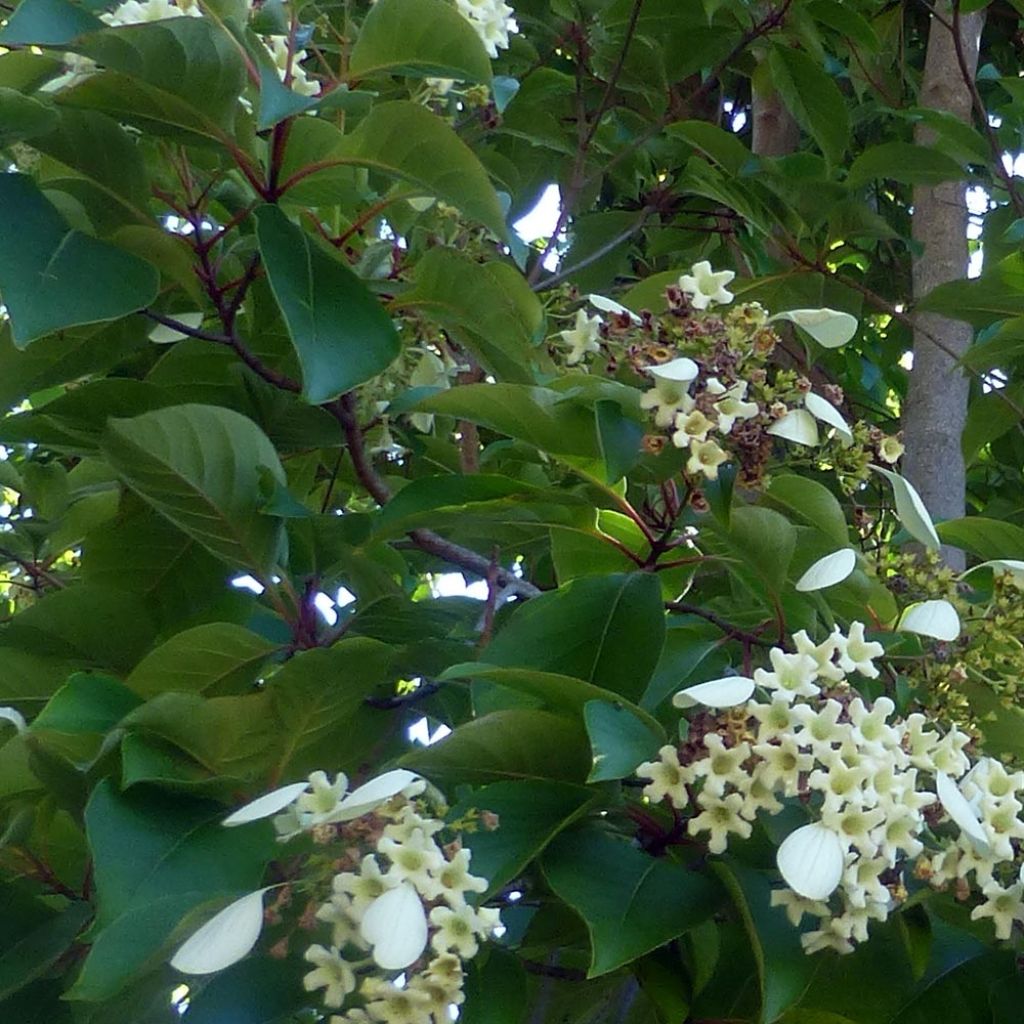

Emmenopterys henryi
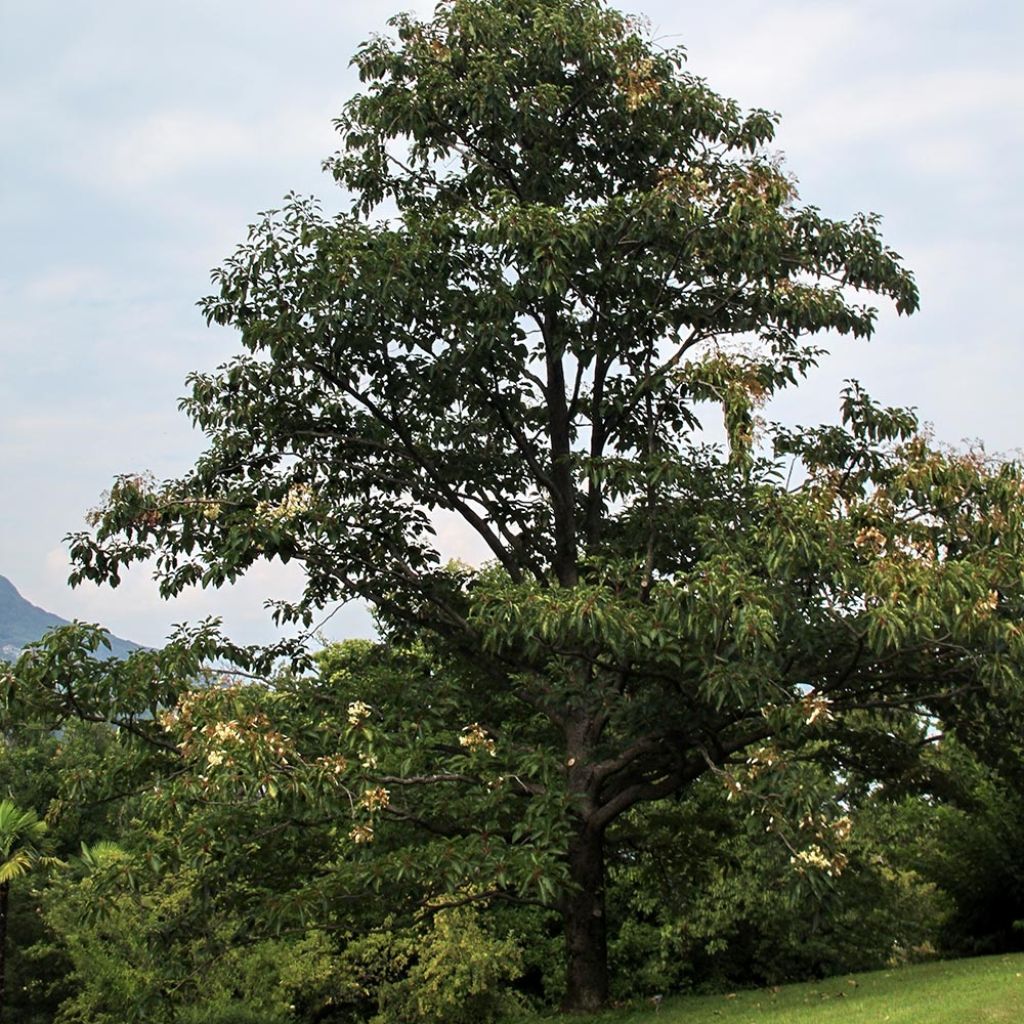

Emmenopterys henryi
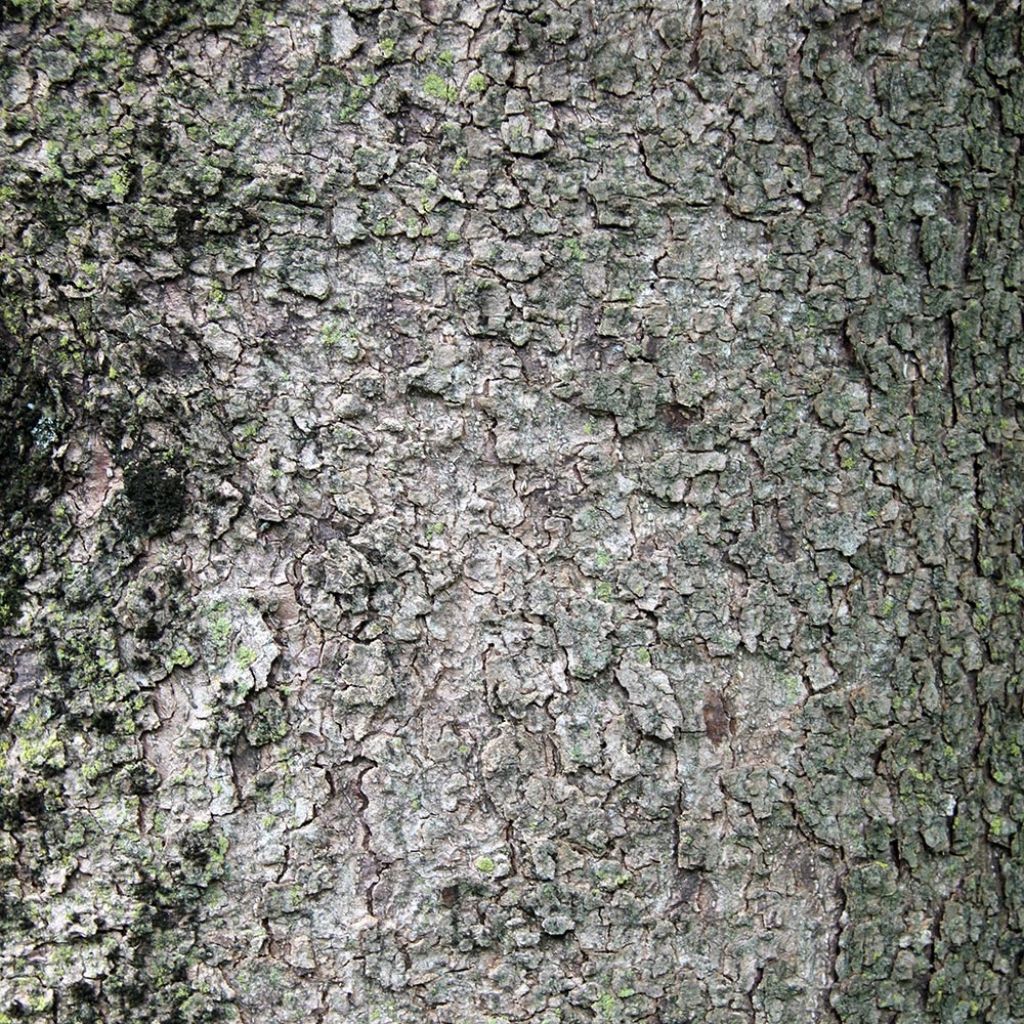

Emmenopterys henryi
Emmenopterys henryi
Emmenopterys henryi
A remarkable tree, both for its framework in winter and its summer foliage. The petioles of the leaves are a lovely red. But the early April frosts are harmful to the young leaves. Apart from that, it even withstands the current intense heat. It has grown in coppice shoots here, and we were able to isolate a vine-plant, replanted in 2011 in another part of the garden, which is developing very satisfactorily, also in coppice shoots. It was introduced by the garden's creator, Hélène d'Andlau, in 1983 and comes from Lady Ann Palmer's garden. Truly a very beautiful tree!
Jardin de La Petite Rochelle, 18/07/2022
Why not try an alternative variety in stock?
View all →Order in the next for dispatch today!
Dispatch by letter from €3.90.
Delivery charge from €5.90 Oversize package delivery charge from €6.90.
More information
This item is not available in your country.
Schedule delivery date,
and select date in basket
This plant carries a 24 months recovery warranty
More information
We guarantee the quality of our plants for a full growing cycle, and will replace at our expense any plant that fails to recover under normal climatic and planting conditions.
Oversize package: home delivery by special carrier from €6.90 per order..
Express home delivery from €8.90.
Does this plant fit my garden?
Set up your Plantfit profile →
Description
Emmenopterys henryi is a mythical tree par excellence, with a spreading habit, grey bark, glossy dark green deciduous foliage, and reddish-bronze young shoots. It is sought after by many enthusiasts for its extremely rare white summer flowering with an intense fragrance, which occurs in a very random and enigmatic manner, on mature subjects and under certain climatic conditions. The flowering of this tree therefore represents an undeniable challenge ! Who wants to take it up and plant this tree for posterity?
Emmenopterys henryi is an exceedingly rare and highly sought-after tree, native to eastern Asia, growing in forests at altitudes between 500 and 1600m (1500 - 5249ft). In its native habitat, it can reach heights of up to 45m (147ft) and live for over a thousand years. Belonging to the Rubiaceae family, and slow-growing, it forms a spreading and open tree, of medium to large size, reaching about 12m (39ft 5in) in cultivation, with a spread of about 8m (26ft 2in). Its exfoliating bark is brownish-grey, then becomes rough and furrowed. It has deciduous leathery foliage, composed of large glossy ovate leaves, 8 to 20cm (7.9in) long, dark green on top, lighter and hairy underneath, with a red petiole. The young shoots are a beautiful reddish-bronze. From June to August, it is adorned with creamy-white waxy tubular flowers, very decorative, with five spreading sepals and measuring 1 to 3cm (1.2in) in diameter, appearing high up on the tree's upper branches. They are grouped in panicles 7 to 18cm (7.1in) long and 15 to 25cm (9.8in) wide. Some of these flowers have the peculiarity of bearing a large white bract. This flowering exudes a powerful fragrance combining jasmine, ylang-ylang, and vanilla. Following these inflorescences, cylindrical capsule-shaped fruits, 3 to 4cm (1.6in) long, containing thin winged seeds, appear from July to September.
This extraordinary and absolutely remarkable flowering, however, is quite random... It occurs in mature subjects and appears to be linked to very specific climatic conditions. Indeed, it seems that a long and cold winter, followed by a warm spring, promotes the start of flowering. A summer temperature that stays above 24°C for several weeks would also be conducive to the blooming of the inflorescences. 2012 was a particularly favorable year for the flowering of Emmenopterys henryi, as many trees bloomed that year in France and Europe. The event is so exceptional that it has not only been covered in specialized and local press, as well as on the internet; but also brought together passionate gardeners and botanists from all over the world to admire this almost miraculous flowering!
Ernest Henry Wilson (1876-1930), known as "Chinese Wilson", a famous English botanist who discovered numerous Asian species during his many travels in Asia, introduced Emmenopterys henryi to England in 1907, describing it as the most spectacular tree in Chinese forests.
This tree is now an endangered species in its natural habitat, due to intensive deforestation.
This tree should be planted in full sun or partial shade, in a solitary position or in the company of other trees and bushes, taking care to maintain sufficient spacing to ensure its growth. Bulbs with spring flowering, such as tulips, daffodils, and jonquils, can be planted at its base... It is also possible to incorporate it into a perennial bed, placing shade-loving plants under its branches.
Emmenopterys henryi in pictures
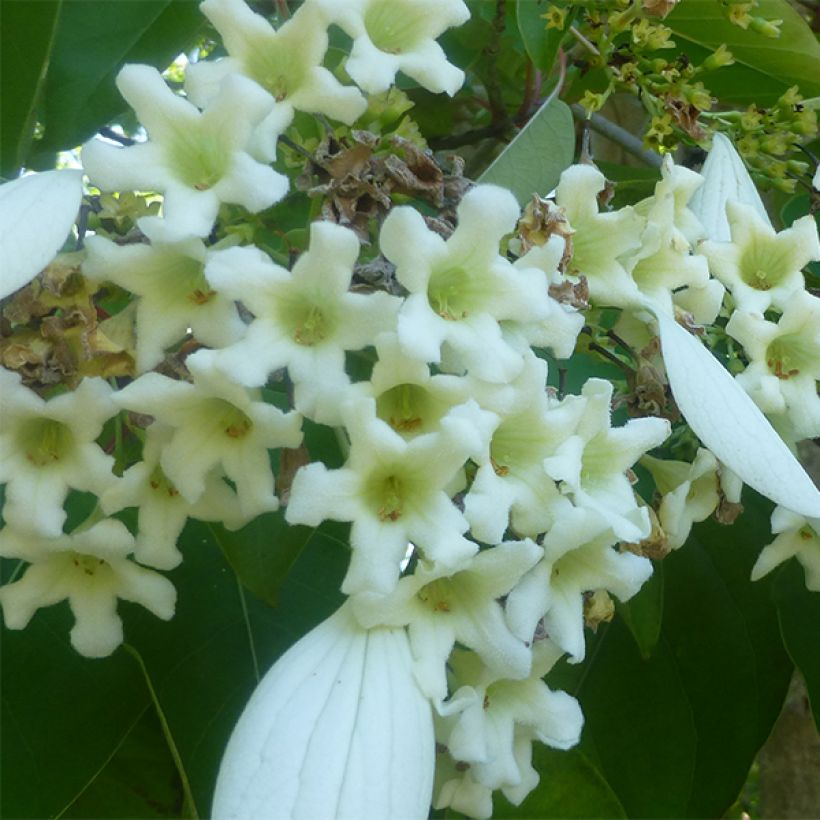

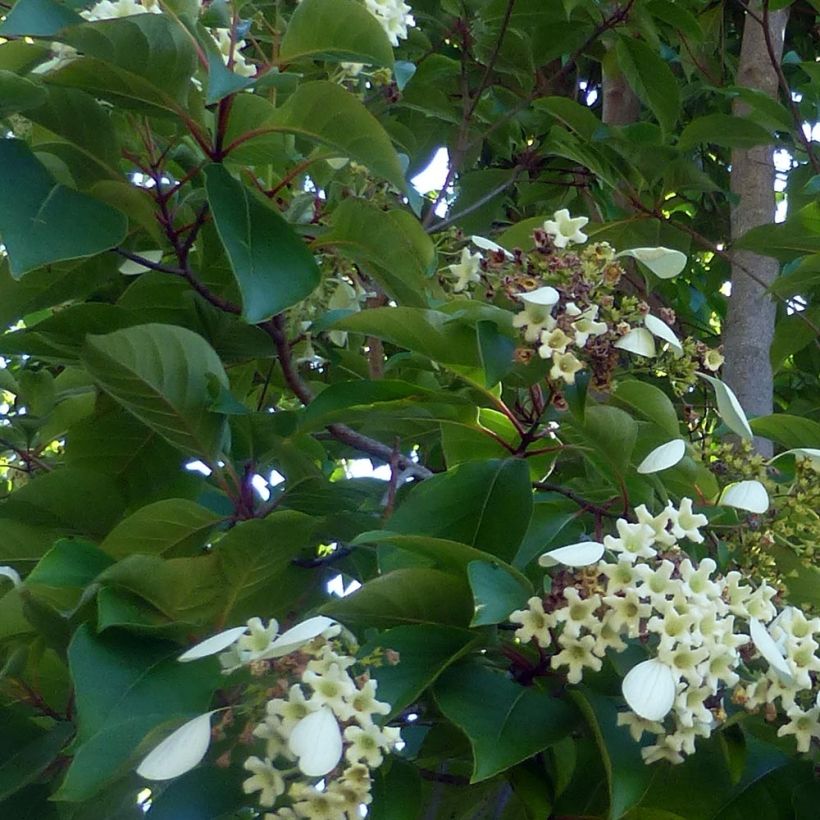

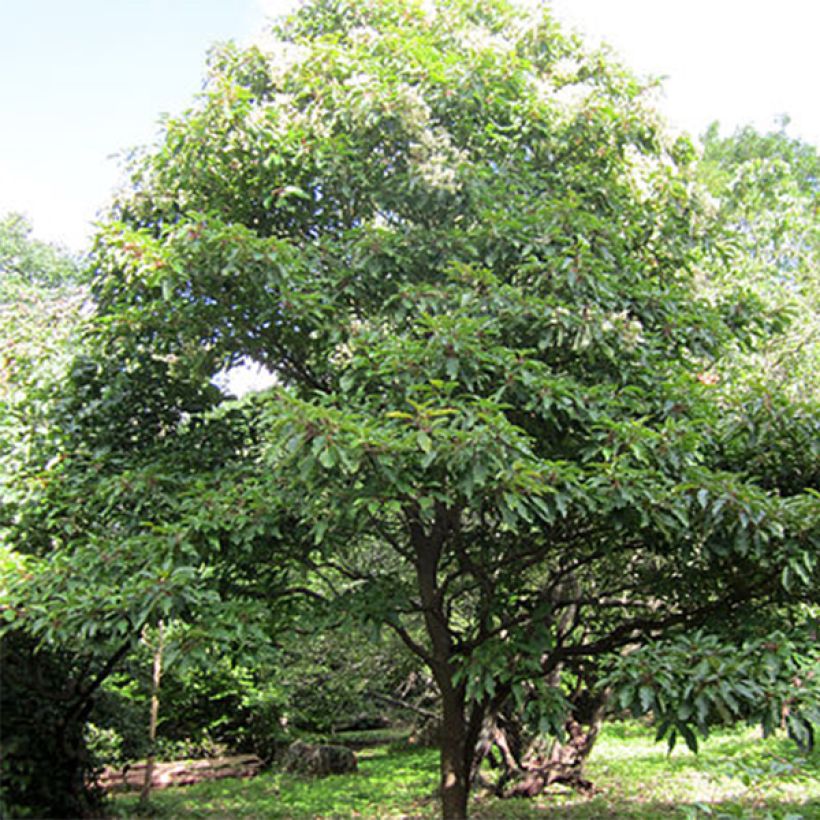

Plant habit
Flowering
Foliage
Botanical data
Emmenopterys
henryi
Rubiaceae
Southeast Asia
Other Shrubs A to Z
Planting and care
Emmenopterys henryi, a low-maintenance plant, is to be installed in the garden in spring or autumn. It requires a sunny or partially shaded position, sheltered from cold and drying winds, in a deep, rich and humus-filled, moist but well-drained soil. Fairly hardy, it can tolerate temperatures down to -15°C, with better cold resistance in mature trees than in young specimens.
Planting period
Intended location
Care
- , onOrder confirmed
Reply from on Promesse de fleurs
Summer-flowering shrubs
Haven't found what you were looking for?
Hardiness is the lowest winter temperature a plant can endure without suffering serious damage or even dying. However, hardiness is affected by location (a sheltered area, such as a patio), protection (winter cover) and soil type (hardiness is improved by well-drained soil).

Photo Sharing Terms & Conditions
In order to encourage gardeners to interact and share their experiences, Promesse de fleurs offers various media enabling content to be uploaded onto its Site - in particular via the ‘Photo sharing’ module.
The User agrees to refrain from:
- Posting any content that is illegal, prejudicial, insulting, racist, inciteful to hatred, revisionist, contrary to public decency, that infringes on privacy or on the privacy rights of third parties, in particular the publicity rights of persons and goods, intellectual property rights, or the right to privacy.
- Submitting content on behalf of a third party;
- Impersonate the identity of a third party and/or publish any personal information about a third party;
In general, the User undertakes to refrain from any unethical behaviour.
All Content (in particular text, comments, files, images, photos, videos, creative works, etc.), which may be subject to property or intellectual property rights, image or other private rights, shall remain the property of the User, subject to the limited rights granted by the terms of the licence granted by Promesse de fleurs as stated below. Users are at liberty to publish or not to publish such Content on the Site, notably via the ‘Photo Sharing’ facility, and accept that this Content shall be made public and freely accessible, notably on the Internet.
Users further acknowledge, undertake to have ,and guarantee that they hold all necessary rights and permissions to publish such material on the Site, in particular with regard to the legislation in force pertaining to any privacy, property, intellectual property, image, or contractual rights, or rights of any other nature. By publishing such Content on the Site, Users acknowledge accepting full liability as publishers of the Content within the meaning of the law, and grant Promesse de fleurs, free of charge, an inclusive, worldwide licence for the said Content for the entire duration of its publication, including all reproduction, representation, up/downloading, displaying, performing, transmission, and storage rights.
Users also grant permission for their name to be linked to the Content and accept that this link may not always be made available.
By engaging in posting material, Users consent to their Content becoming automatically accessible on the Internet, in particular on other sites and/or blogs and/or web pages of the Promesse de fleurs site, including in particular social pages and the Promesse de fleurs catalogue.
Users may secure the removal of entrusted content free of charge by issuing a simple request via our contact form.
The flowering period indicated on our website applies to countries and regions located in USDA zone 8 (France, the United Kingdom, Ireland, the Netherlands, etc.)
It will vary according to where you live:
- In zones 9 to 10 (Italy, Spain, Greece, etc.), flowering will occur about 2 to 4 weeks earlier.
- In zones 6 to 7 (Germany, Poland, Slovenia, and lower mountainous regions), flowering will be delayed by 2 to 3 weeks.
- In zone 5 (Central Europe, Scandinavia), blooming will be delayed by 3 to 5 weeks.
In temperate climates, pruning of spring-flowering shrubs (forsythia, spireas, etc.) should be done just after flowering.
Pruning of summer-flowering shrubs (Indian Lilac, Perovskia, etc.) can be done in winter or spring.
In cold regions as well as with frost-sensitive plants, avoid pruning too early when severe frosts may still occur.
The planting period indicated on our website applies to countries and regions located in USDA zone 8 (France, United Kingdom, Ireland, Netherlands).
It will vary according to where you live:
- In Mediterranean zones (Marseille, Madrid, Milan, etc.), autumn and winter are the best planting periods.
- In continental zones (Strasbourg, Munich, Vienna, etc.), delay planting by 2 to 3 weeks in spring and bring it forward by 2 to 4 weeks in autumn.
- In mountainous regions (the Alps, Pyrenees, Carpathians, etc.), it is best to plant in late spring (May-June) or late summer (August-September).
The harvesting period indicated on our website applies to countries and regions in USDA zone 8 (France, England, Ireland, the Netherlands).
In colder areas (Scandinavia, Poland, Austria...) fruit and vegetable harvests are likely to be delayed by 3-4 weeks.
In warmer areas (Italy, Spain, Greece, etc.), harvesting will probably take place earlier, depending on weather conditions.
The sowing periods indicated on our website apply to countries and regions within USDA Zone 8 (France, UK, Ireland, Netherlands).
In colder areas (Scandinavia, Poland, Austria...), delay any outdoor sowing by 3-4 weeks, or sow under glass.
In warmer climes (Italy, Spain, Greece, etc.), bring outdoor sowing forward by a few weeks.
